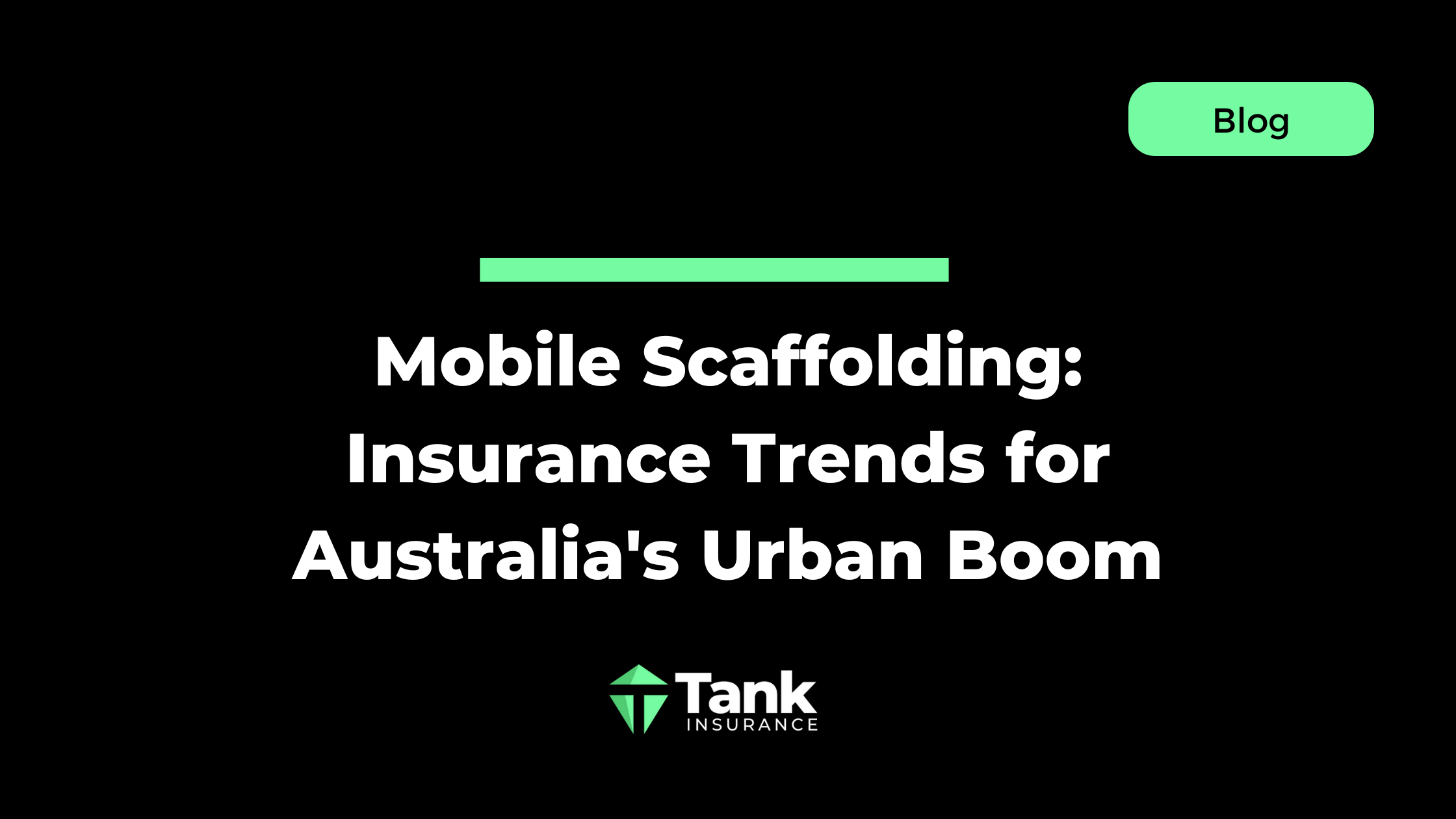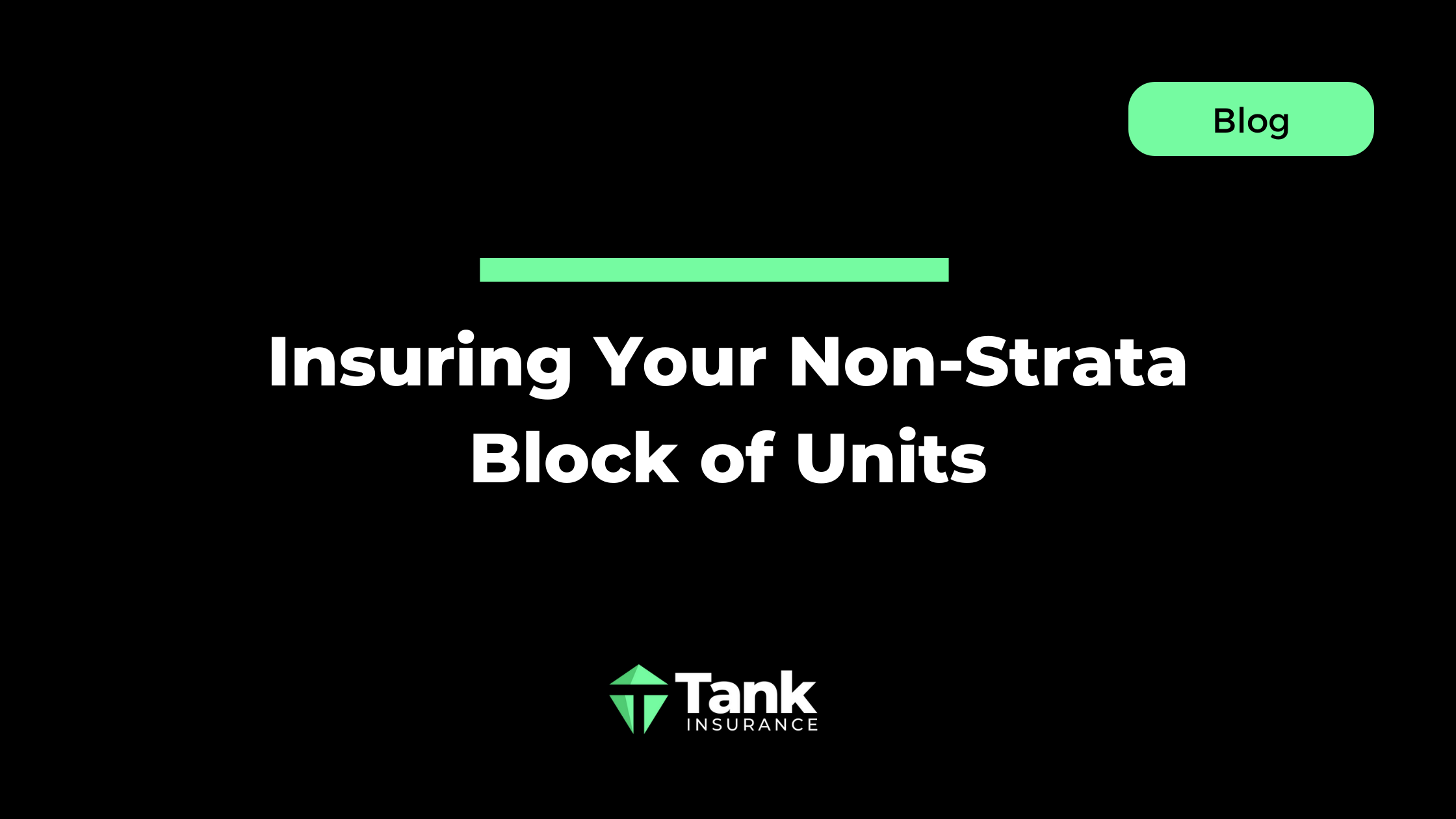Approach to Reading a Policy Wording

A policy wording can be lengthy, think around 50 pages or more.
However, the good news is you don’t need to read every word.
Here’s how you can approach reading your policy wording:
- Start with the Table of Contents: This can help you find the key sections in a policy wording such as coverage, exclusions and claims.
- Focus on Exclusions: These details are often the most crucial part because these tell you what your policy doesn’t cover.
- Check Definitions: Certain words (e.g., flood or storm damage) might have distinct, specific meanings that can totally differ from what you expect.
- Ask an Insurance Broker for Clarity: A broker can help explain the parts which are unclear or the critical sections that matter most.
- Look for Limits: Some policies cap payouts for specific items, like jewellery or electronics, unless you’ve added extra cover for them.
Why It Matters

Imagine this:
You’re running a restaurant.
A burst pipe floods your shop.
You immediately assume your Business Insurance got your repairs covered.
Unfortunately, when you check the policy wording, you discover that the term ‘flood’ refers to natural watercourse and not burst pipes which fall under ‘water damage.’
Luckily, your policy covers water damage, so you’re able to make a claim successfully because you understood the terms.
This kind of clarity is the reason why you are always encouraged to review your policy wording or have an insurance broker walk you through it.
This is what we do at Tank Insurance: helping you understand your policy wording, so you’ll know what you’re getting into.
Reach out to us today and let’s make reading your policy wording stress-free!



